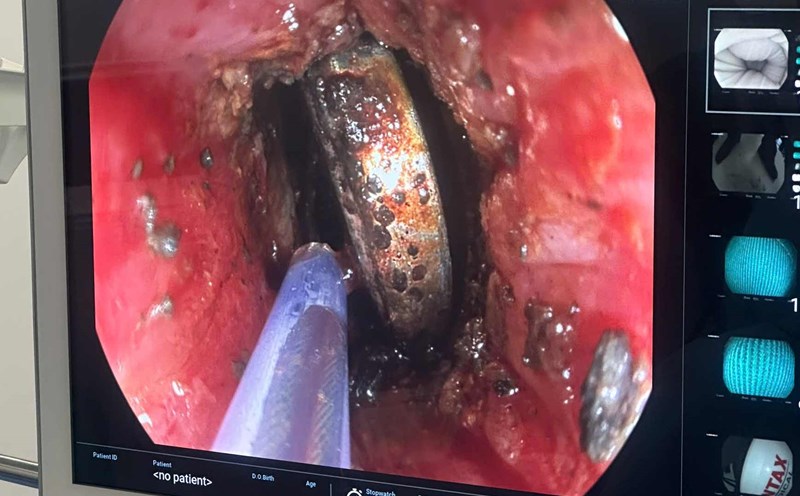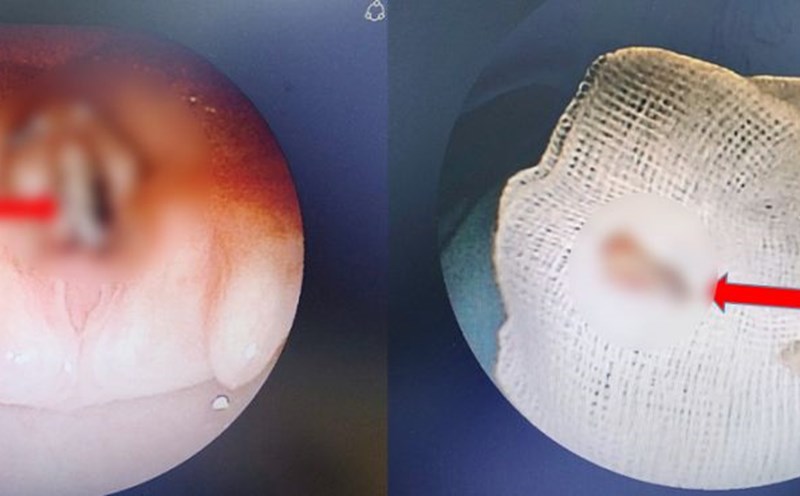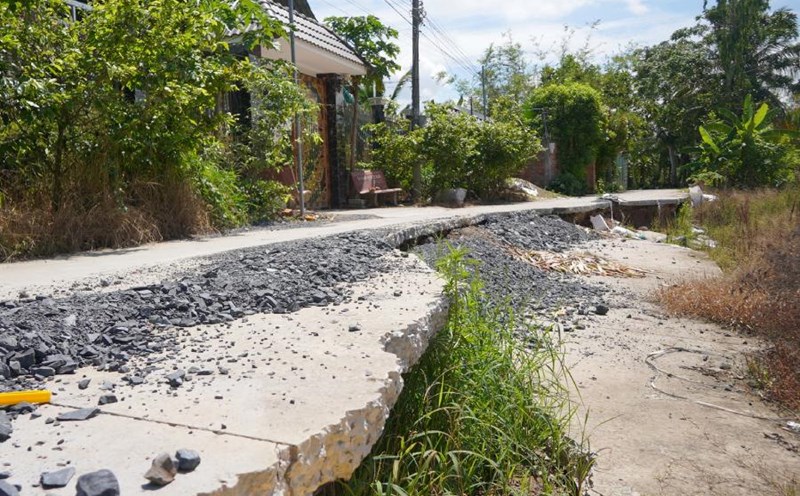When hospitalized, patients in a state of alertness, vessels and blood pressure are temporarily stable. However, the results of the examination quickly showed that the endangered situation: a sharp metal object, the form of homemade nails, stabbing straight from the back of the left shoulder, penetrating deep into the chest. In particular, this foreign object is still plugged in the body, beating according to each patient's heart rate, potentially life -threatening risks at any time.
X-ray and CT images show that the foreign object not only penetrates the left shoulder but also the lobal tissue in the left lung, hitting the left ventricular wall of the heart, causing congestion of the heart an extremely serious lesion.
Doctor Nguyen Van Dan - Department of Cardiology and Chest, Viet Duc Friendship Hospital said: Immediately after determining the diagnosis of heart wounds caused by metal objects, the patient was taken to the emergency emergency operating room. During the surgery, the doctors opened their breasts, noted that the pericardial cavity had about 150 grams of blood clots due to the wound heterogeneous on the left ventricular wall. When opening the pleura test, the discovery of foreign objects has also penetrated the left lung parenchyma, causing pleural cavity overflow. The total amount of blood loss of the patient is estimated at 500-600ml - a dangerous figure for the young body.
Doctors conducted hemostasis of heart wounds and lung wounds. However, the surgery process has many difficulties due to deep, low wounds in the left heart wall, forced to change the heart position during surgery. This causes the patient's blood pressure and vessels to fluctuate continuously. The surgery requires extremely rhythmic, accurate and careful coordination from the entire crew.
Thanks to her efforts and high professional qualifications, after the surgery, the patient is now conscious, has been removed from the endotracheal chart and transferred to the Department of Cardiology and Thoracic Surgery for further monitoring. Patients maintain stable blood pressure, do not need to use cardiac supplements or vasopressors - the first positive signs after a life-and-death battle. The patient continued to receive intensive care, antibiotic treatment to prevent infection and instructed early physical therapy to restore respiratory function.











